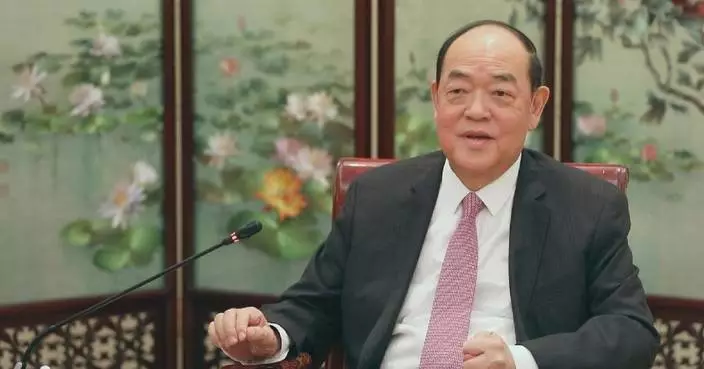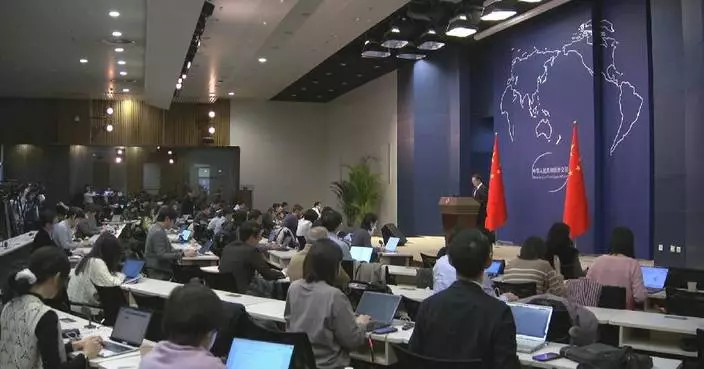A terracotta warrior depicting the image of a senior military officer has been unearthed from a pit in the Mausoleum of Emperor Qin Shi Huang in Xi'an City, northwest China's Shaanxi Province.
Terracotta sculptures of senior military officers are rarely seen in the army of Terracotta Warriors, which were built under the rule of Emperor Qin Shi Huang of the Qin Dynasty (221 B.C.-207 B.C.), who unified China for the first time.
The terracotta military officers usually wear heguan, a headpiece for military officials, and are clad in colorful scale armor decorated with exquisite patterns.
Their hands are clasped in front of the abdomen, while their shoulders, along with the front and back of the chest, are adorned with ribbon-like floral knots.
The recently unearthed terracotta figure was found with several parts of its body broken off, but its colors remained fresh through the millennia under the protection of silt.
"Silt has the advantage of providing relatively stable humidity and temperature under certain conditions, which is conducive to the protection of the colors," said Zhu Sihong, archaeological project manager for the No.2 pit of the army of Terracotta Warriors.
Archaeologists numbered and photographed each part of the fractured clay statue before sending it to the archaeological lab for research and restoration.
In 1974, local farmers accidentally unearthed clay fragments while digging a well, leading to one of China's most significant archeological discoveries -- the army of Terracotta Warriors. This discovery was added to the UNESCO World Heritage List in 1987.
Around 2,000 life-size clay warriors and numerous weapons have been unearthed from three pits surrounding Qin Shi Huang's tomb, covering an area of over 20,000 square meters.
After 50 years of excavation and research efforts, more than 10 above-ground building sites and over 500 underground burial pits and tombs have been discovered in the mausoleum. Over 50,000 pieces of relics have been unearthed.

Rare terracotta warrior depicting military officer unearthed in Xi'an

Rare terracotta warrior depicting military officer unearthed in Xi'an









